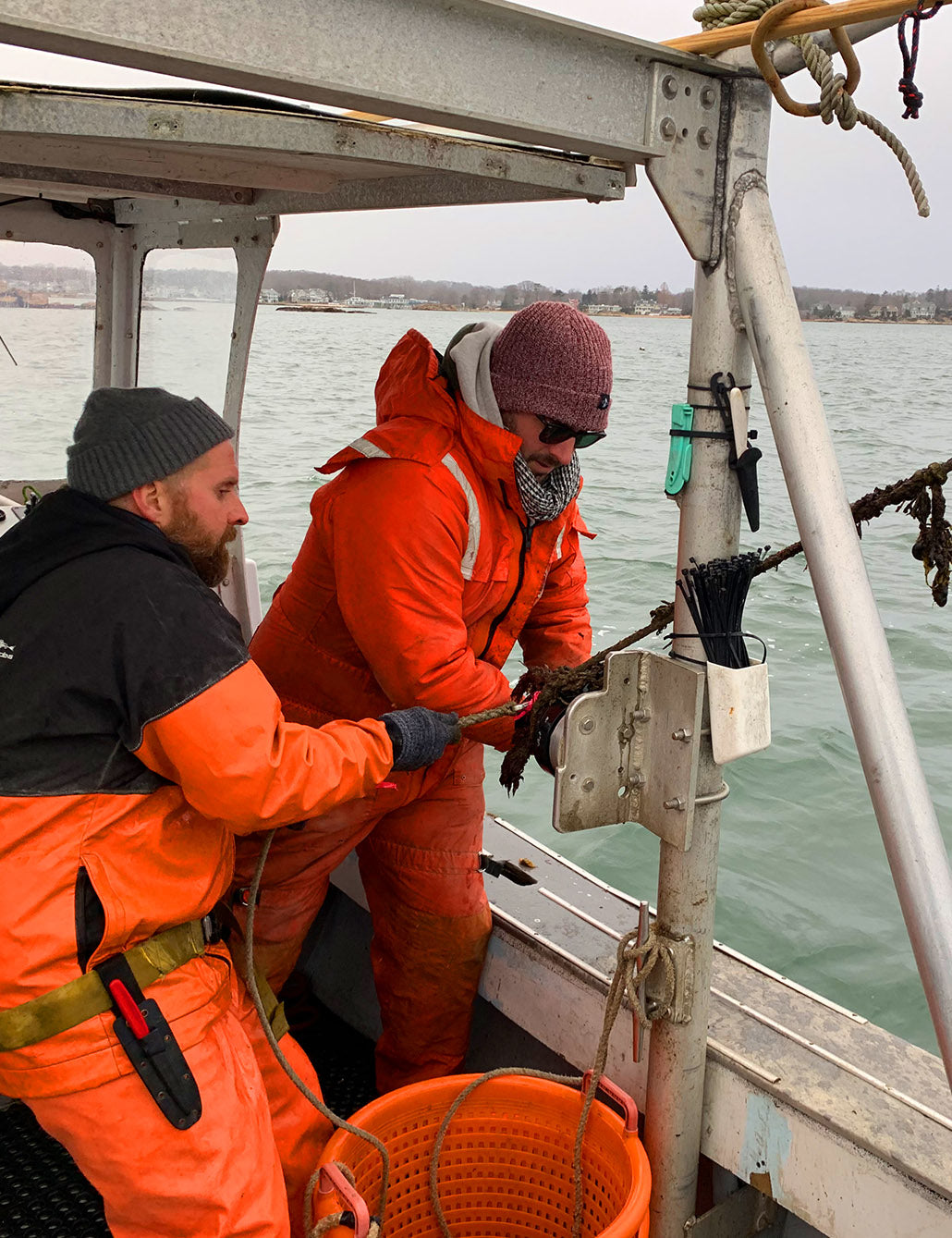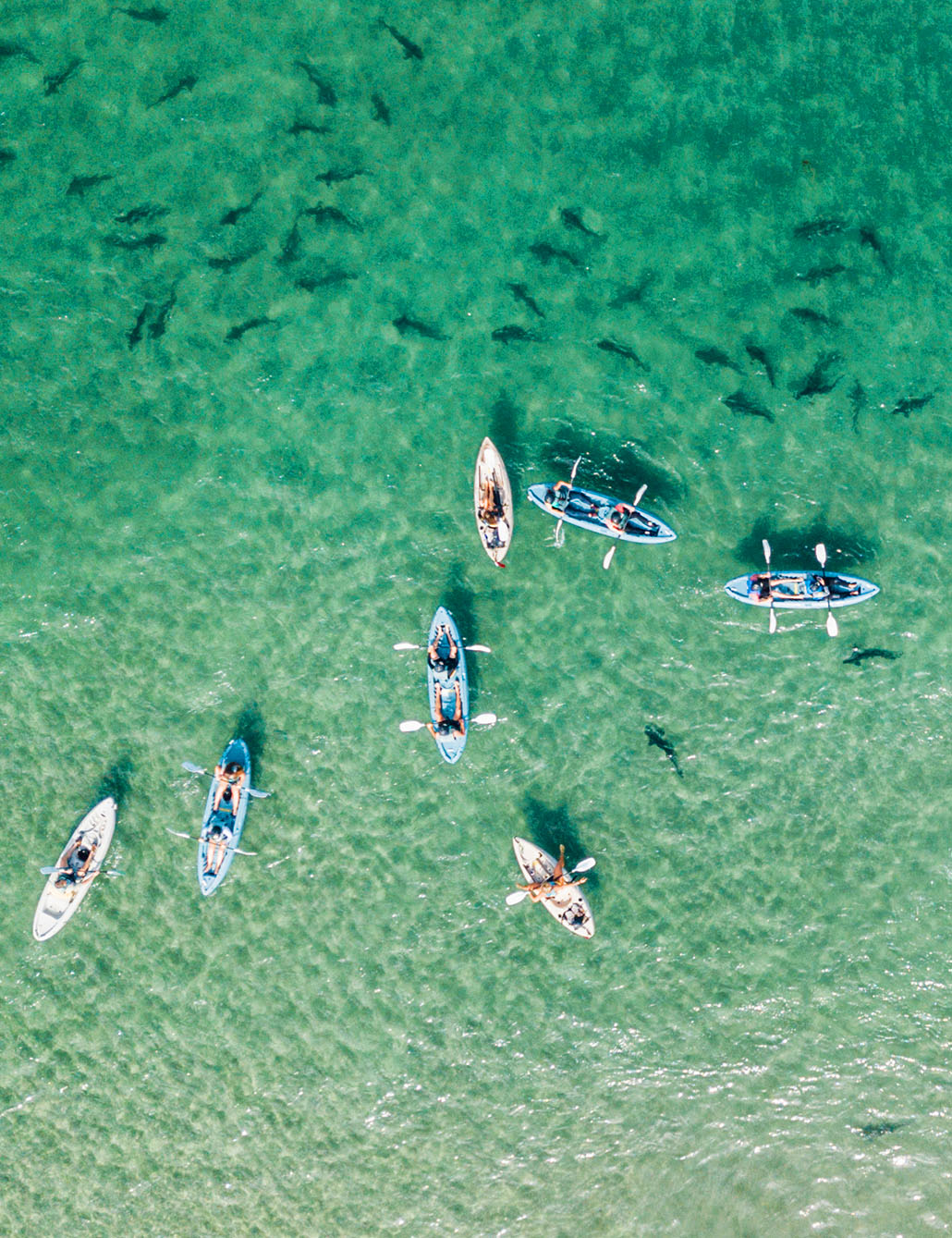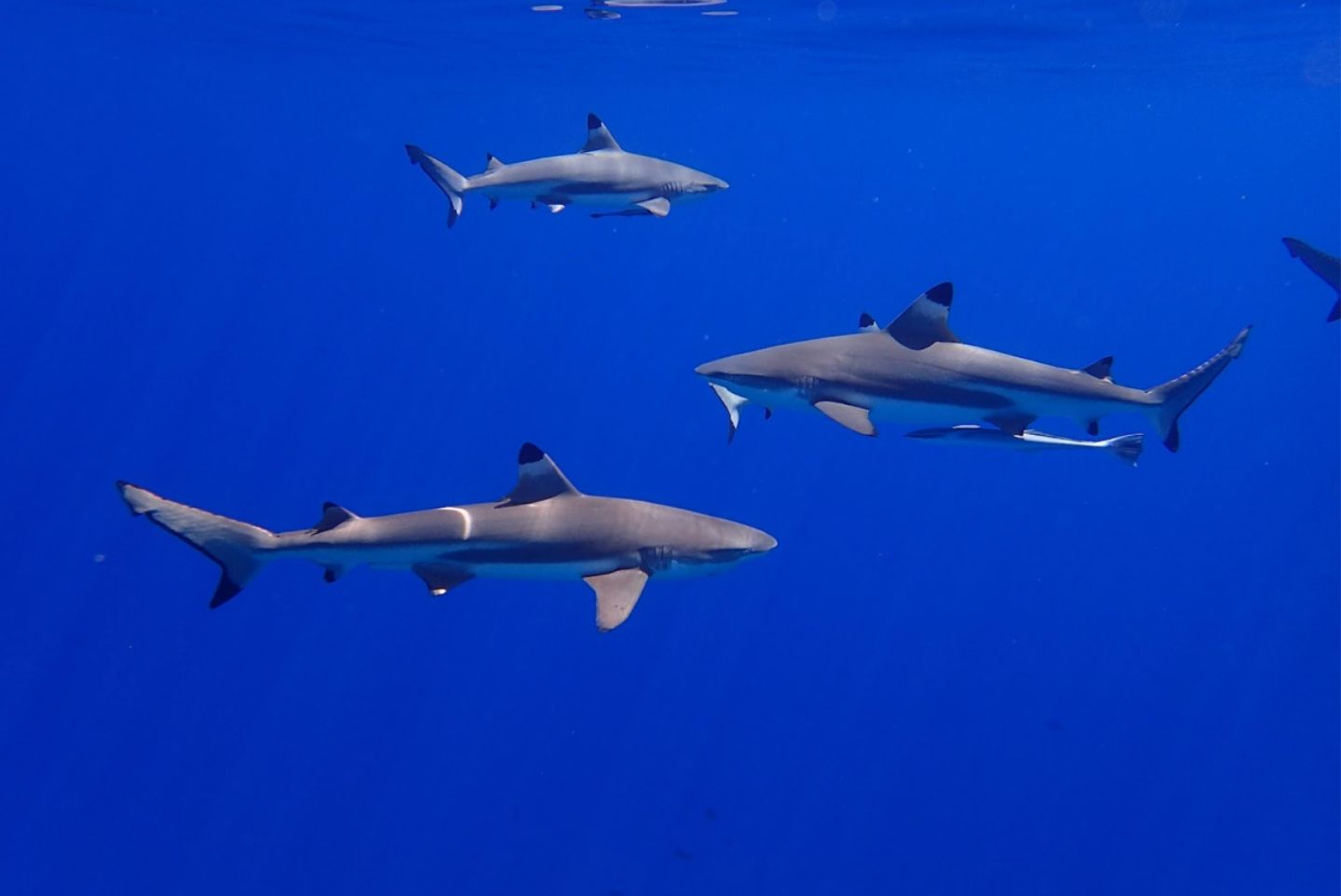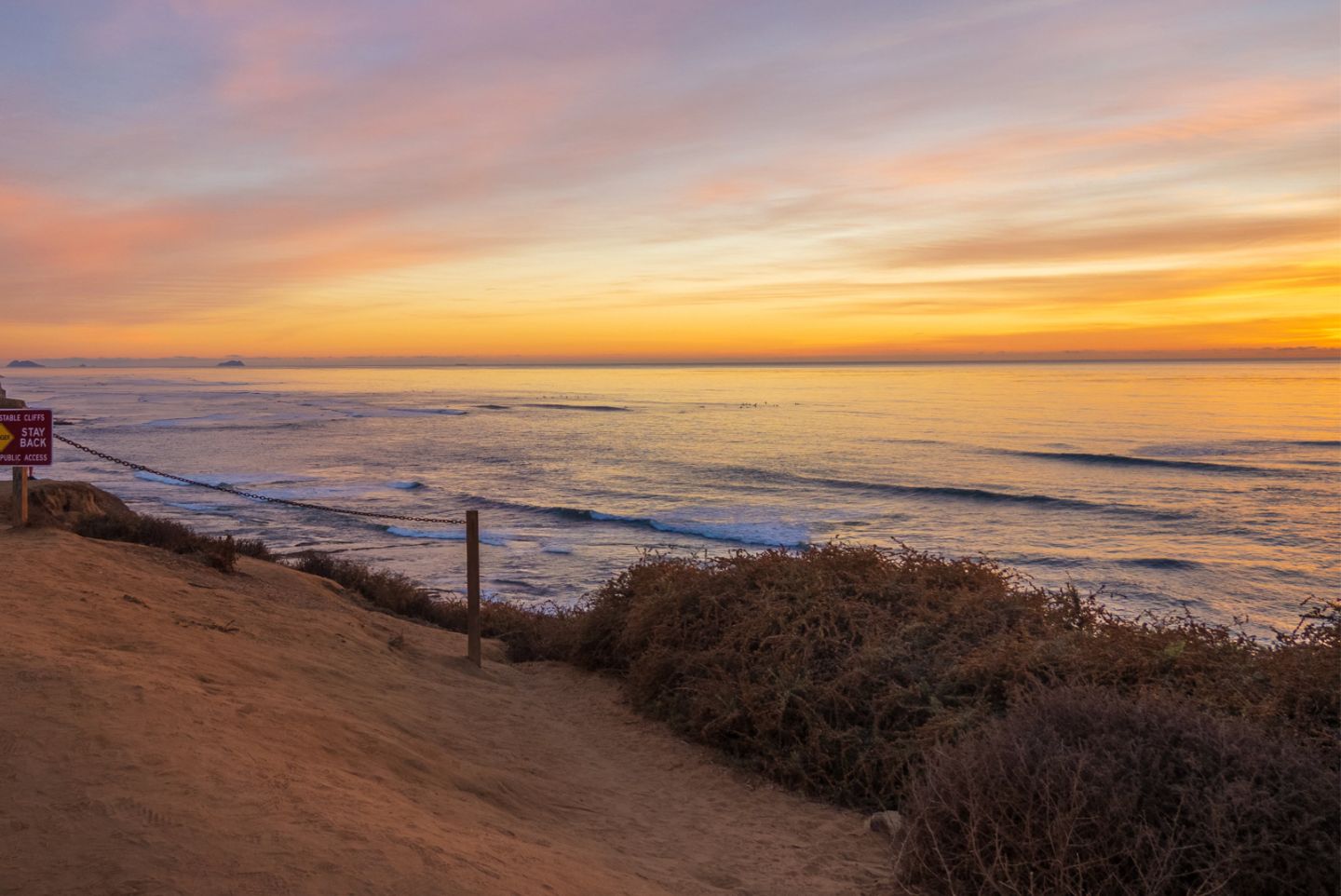San Diego’s coastline is beautiful and thousands of people visit the city (as well as the surrounding neighborhoods such as La Jolla) to bask in the sun and spend some time in the water swimming, surfing, kayaking, or scuba diving.
The city itself is packed with attractions and places of interest, including the San Diego Zoo, Balboa Park, the USS Midway Museum, and more. But you’ll also find some of the most beautiful beaches on the West Coast, such as La Jolla Shores Beach, and many others.
Objectively, it’s an incredibly popular tourist destination for adrenaline junkies and people with families who just want to relax alike.
However, San Diego’s waters are also home to various marine animals, including dolphins, seals, whales, and sharks. There are many species of San Diego sharks that you can encounter in the water so some caution is advised. But, that doesn’t mean you won’t have an unforgettable experience visiting!
With that, let’s move onto the shark species that inhabit San Diego’s waters.
San Diego Shark Species
Chances are, you’ll probably be able to see at least one type of shark at any point in the year. Certain species only visit the sea in San Diego during specific seasons so if you’re looking to catch a glimpse of Leopard Sharks, for example, the best time to visit would be July and August.
There are three main categories that the sharks in San Diego are divided into:
Common Shark Species
These sharks are a pretty common sight in San Diego and you generally won’t have trouble encountering them. Unless you’re a ‘hunter’ for elusive sharks and want to see those, these are your best bet no matter when you visit the beaches of San Diego.
Keep in mind that most of these sharks are pretty docile and generally avoid humans as much as they can. Some are inquisitive and might approach you because they’re curious. Still, if it’s your first time, it’s best to join a scuba diving or freediving tour with experienced instructors.
Horn Sharks
These sharks are tiny and prefer hiding under ledges or in crevices during the day. They’re also very shy and prefer to keep to themselves, swimming through kelp forests and inhabiting rocky reefs. Horn Sharks like to swim close to the ocean floor (as it provides some additional protection from predators) so scuba diving is really the only way to see them.
Sevengill Sharks
Sevengill sharks are a fairly unique species of shark because most sharks have 5 gills (although some species have 6). This shark has 7, hence the name. They’re also one of the oldest shark species on the planet and are closely related to certain shark species from 145 to 200 million years ago.
Sevengill Sharks are very common during the spring when they come up to the La Jolla and Point Loma kelp beds to mate. They usually spend their time in almost abyssal depths - 1500 to 2000ft below sea level.
Leopard Sharks

Leopard Sharks are some of the most beautiful sharks in the world, with gorgeous colors and patterns on their skin. The Leopard Shark mating season is a sight to behold and you definitely don’t want to miss it. Thousands of sharks come to the clear, shallow waters of La Jolla Shores between June and October, but the best months to see them are July and August.
All you need is snorkeling gear and a readiness to swim from the shore toward the La Jolla Sea Caves.
Rare Shark Species
The following three shark species aren’t too elusive but they’re a bit harder to catch than the ones we mentioned above. Still, these three are very interesting and it’d be a treat if you could catch them while you’re there.
Tope Sharks
Tope Sharks are long, slim species of shark that covers thousands of miles to incubate their embryos and minimize the gestation period. They do this during the summer and almost always decide to make a stop in the Point Loma and La Jolla Shores kelp beds.
Smooth-Hound Sharks
Smooth-Hound Sharks look more like large sardines than sharks. The description may be confusing but they’re fairly funky-looking.
These sharks are very abundant in the region but encounters are uncommon for dozens of reasons. Firstly, they prefer to move across the seafloor, making them difficult to spot, especially if there’s a lot of silt that’s been disturbed. You can see them throughout the year (if you’re lucky) and you might even notice them schooling with Leopard Sharks.
Very Rare Shark Species
Being able to catch a glimpse of one of these shark species is a privilege since they very rarely make an appearance. They mostly reside deep underwater, where freedivers won’t be able to dive. Scuba diving is also somewhat risky; your best bet to see any of them is to join a guided offshore expedition.
The guides on these expeditions are highly experienced, with many years spent searching for sharks, exploring the ocean depths, and making their guests as comfortable as possible during the experience.
Pelagic Sharks
Pelagic Sharks include Blue Sharks, Mako Sharks, and Thresher Sharks. All of these species spend their time in deep waters, far away from the shore which is what makes them so illusive. Hammerhead Sharks are even more difficult to find and are arguably the rarest species of all the ones mentioned in this article.
Hammerheads are also known to be aggressive so trying to find them by yourself is ill-advised. Ideally, you’d want to join a wildlife-watching cruise (similar to whale-watching cruises) that goes through these sharks’ territories to maximize your chances of a sighting.
Great White Sharks









